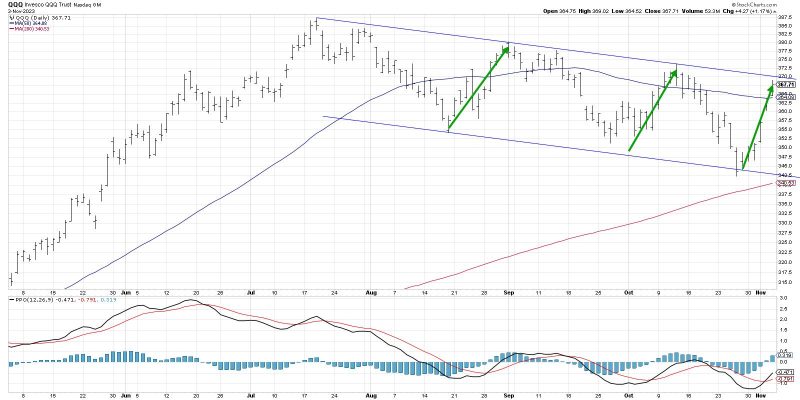Investing in the Nasdaq 100 index fund can be extremely lucrative; however, it does come with its own set of risks. The Nasdaq 100 (QQQ) represents the largest non-financial companies in the US and provides investors with exposure to a multitude of technology shares. With technology playing such a pivotal role in the world in which we live, investing in the QQQ can indeed be a worthwhile endeavor.
In this article, we’ll discuss the basics of trading the QQQ in three time frames – long-term, medium-term, and short-term trading. Each time frame involves its own strategies, risks, and rewards, and investors should evaluate each thoroughly before deciding which strategy is best for them.
Long-Term Trading
Long-term investors should focus on the solid underlying fundamentals of the technology companies in the QQQ and look for opportunities to acquire shares that are undervalued. Investing in a company for the long-term involves a greater commitment of both time and money, and investors should thoroughly research each potential investment first. It is also important to remember that long-term investing in the QQQ involves a more active approach to monitoring performance to ensure that the companies in the index remain a good investment.
Medium-Term Trading
Medium-term trading entails a shorter time frame than long-term investing and requires investors to take a more tactical approach. Unlike long-term investors who look for investments that have strong fundamentals coupled with upside potential, medium-term traders may focus more on technical analysis and charting to help determine the most profitable entry and exit points for their trades. This type of trading may also involve taking advantage of market conditions such as news announcements or macroeconomic events.
Short-Term Trading
Short-term trading in the QQQ involves taking a more aggressive approach, due to the shorter holding period involved. Short-term traders look to capitalize on short-term market movements by analyzing charts and staying abreast of news items. Short-term traders often utilize a variety of strategies including scalping, momentum trading, and hedging, and they must be familiar with risk management techniques in order to mitigate potential losses.
Conclusion
The Nasdaq 100 (QQQ) can be an extremely lucrative investment vehicle, but each investor should understand the different strategies, risks, and rewards involved when trading the index in the three different time frames. Long-term investors should focus on underlying fundamentals, medium-term investors should take a more tactical approach, and short-term traders should leverage a variety of strategies. By taking the time to educate themselves and analyze the market thoroughly, investors can maximize their returns when trading the QQQ.

